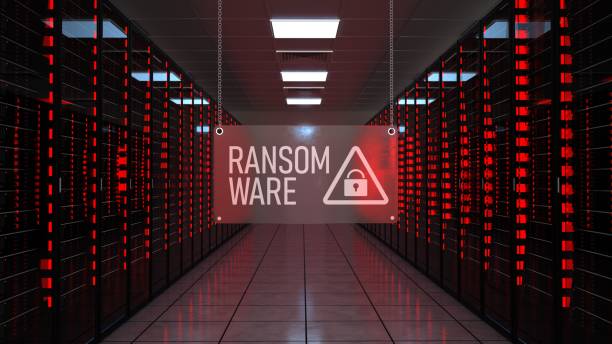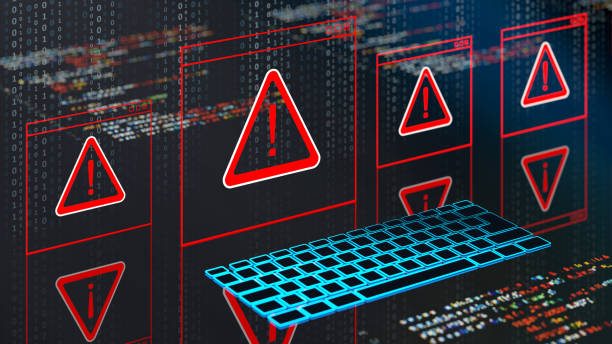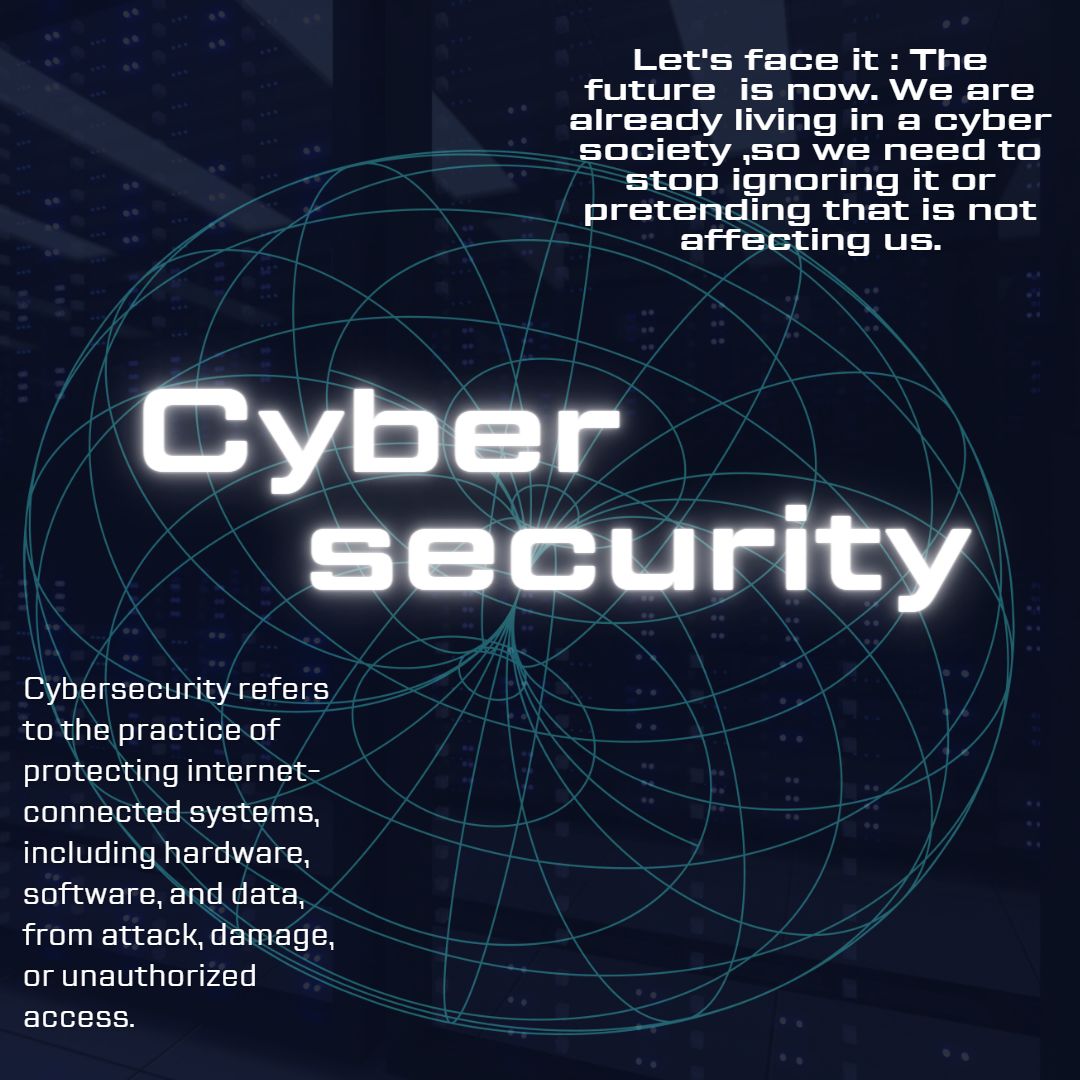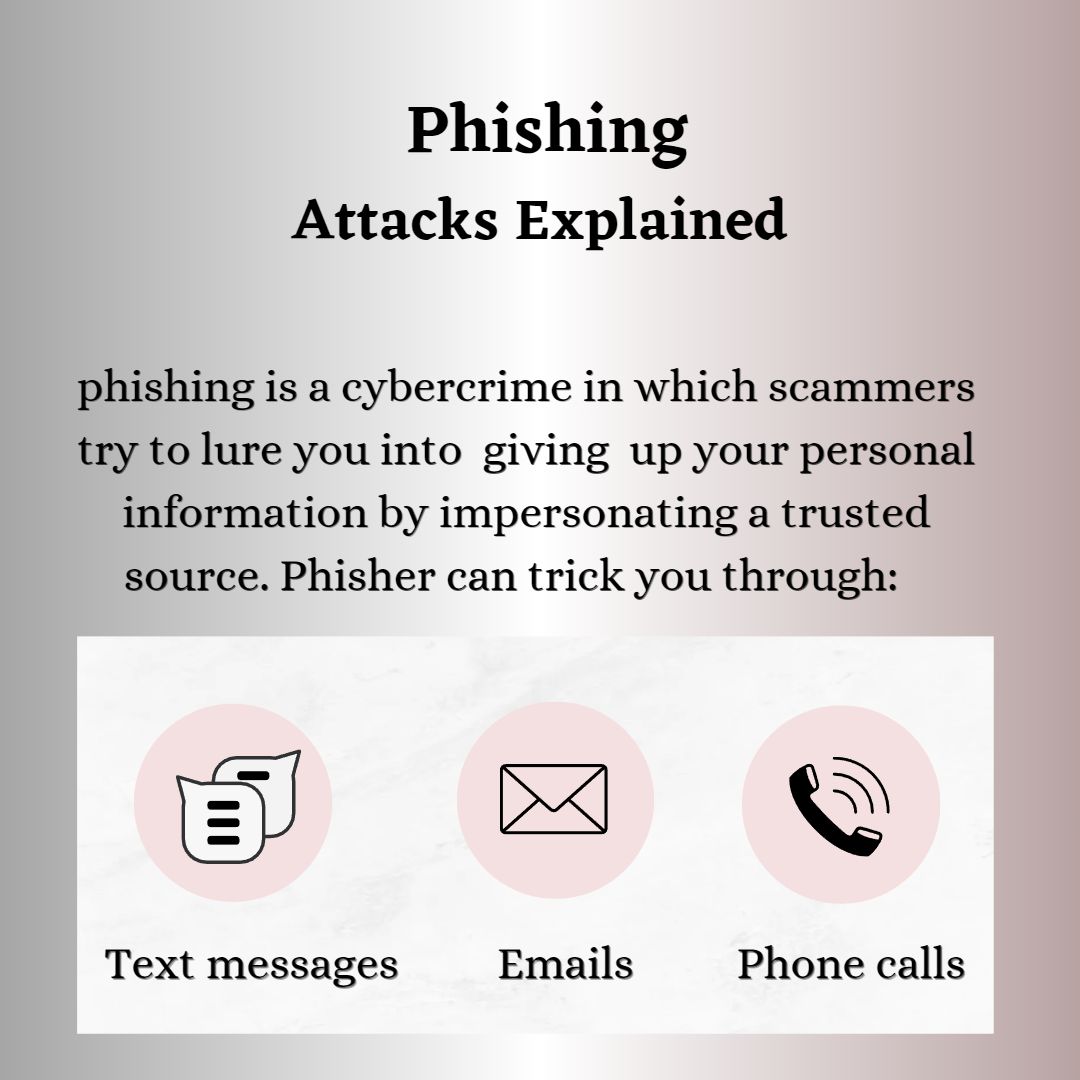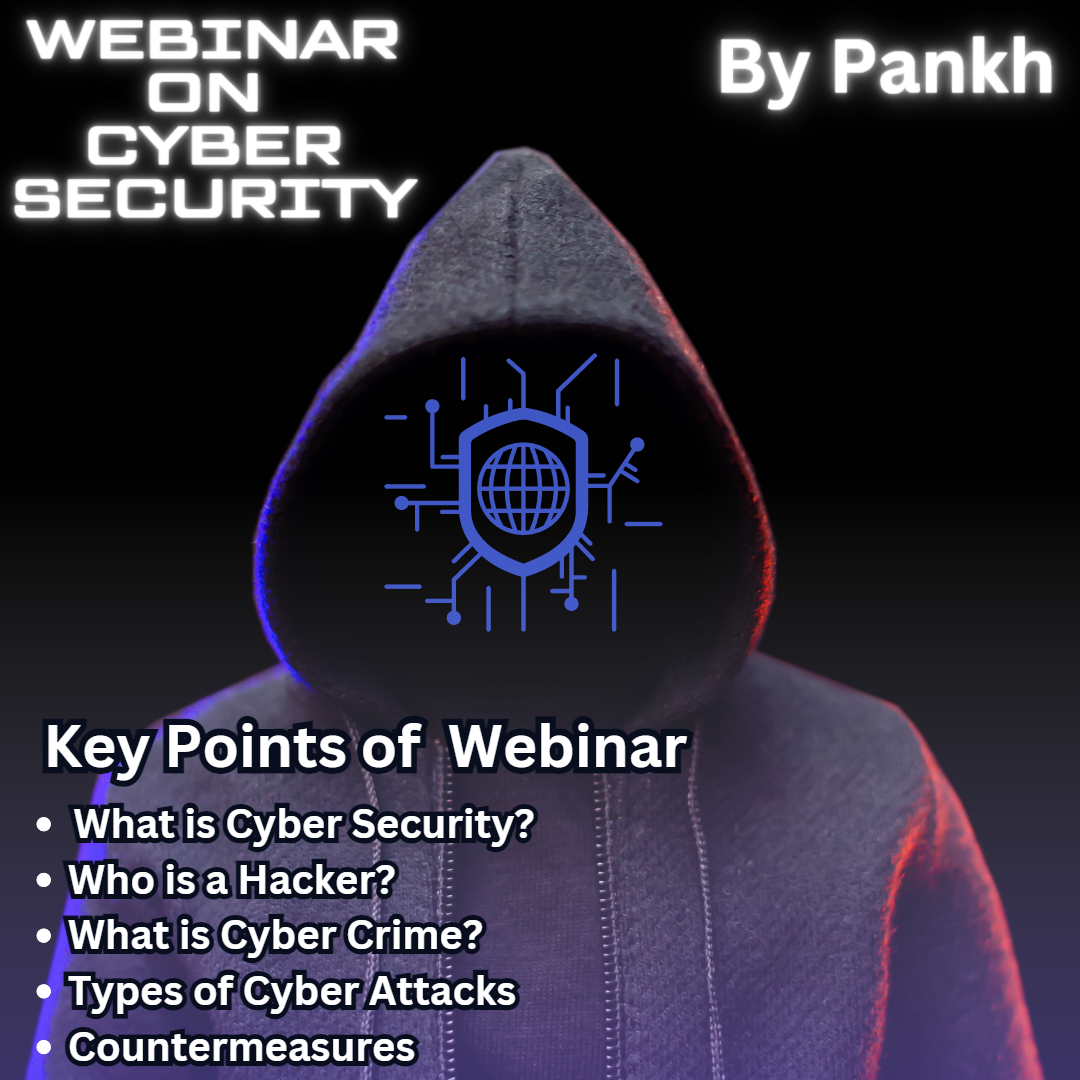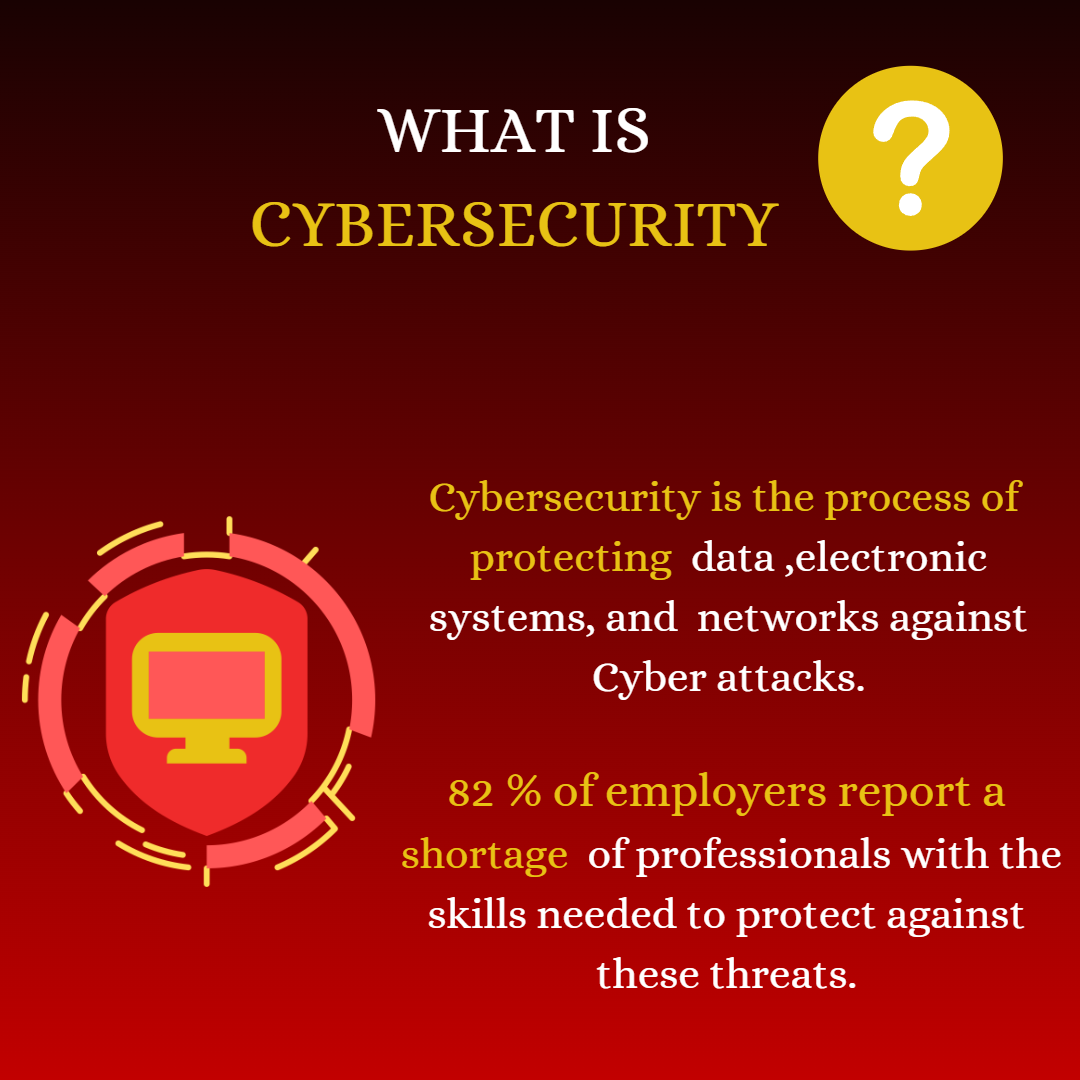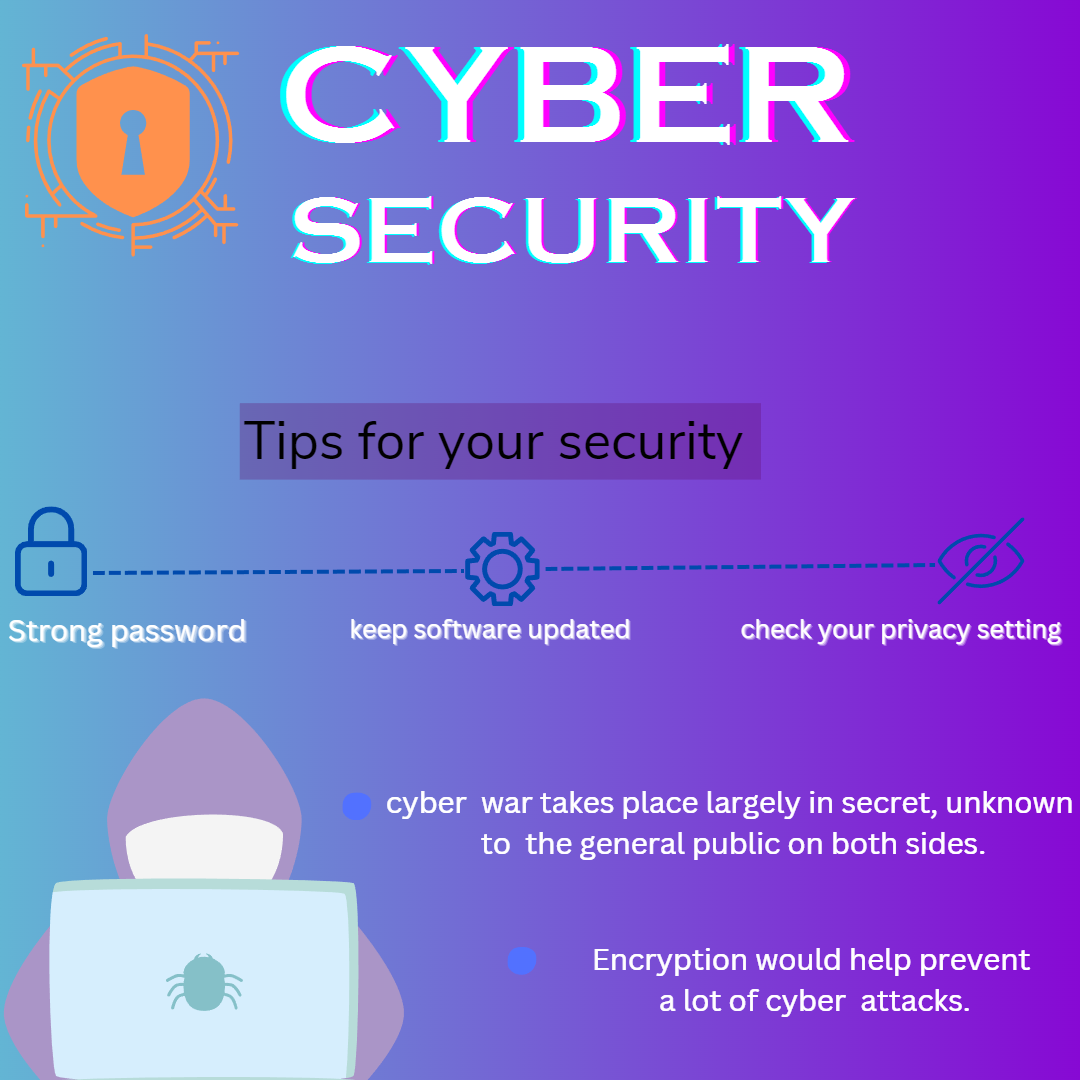Cyber-Security awareness Training
Foundational cybersecurity awareness training provides employees with the basic knowledge needed to recognize and respond to common cyber threats. This type of training covers essential topics like password management, identifying phishing emails, and the importance of software updates. The goal is to build a baseline of security awareness across the organization, helping all employees understand their role in protecting information assets. It emphasizes simple, everyday practices that can significantly reduce risk. Foundational training is often the first step in a larger cybersecurity strategy, establishing core principles that other, more advanced trainings can build upon. Regular refreshers are necessary to keep foundational knowledge up-to-date with evolving threats. This training is critical for onboarding new hires and serves as a prerequisite for more specialized cybersecurity courses.
Establish Clear Objectives
1. Define the Training Goals
- Clearly outline what the training aims to achieve, such as reducing phishing incidents, increasing secure behavior, or ensuring compliance with regulations. Setting specific, measurable goals helps in designing targeted content.
- Learn more about our goal-oriented cybersecurity training programs.
2. Identify Target Audience
- Determine which employees need training based on their roles and exposure to cyber threats. This could include company-wide training for general awareness and specialized sessions for high-risk departments.
- Discover our role-based training modules tailored for your team.
3. Assess Current Knowledge Levels
- Conduct a baseline assessment to understand the current level of cybersecurity awareness among employees. This helps in tailoring the training content to fill knowledge gaps effectively.
- Start with our cybersecurity awareness assessment tools.
4. Align with Organizational Policies and Compliance Requirements
- Ensure that the training objectives are aligned with the organization’s security policies, industry standards, and legal requirements. This alignment ensures that employees understand not just the ‘how’ but also the ‘why’ of security practices.
- Check out our compliance-focused training solutions.
5. Focus on Real-World Application
- Objectives should include equipping employees with practical skills that can be immediately applied in their daily tasks, such as identifying phishing attempts or secure handling of sensitive data.
6. Promote Behavioral Change
- Set objectives that aim to instill a security-first mindset across the organization. The goal is to move beyond just awareness, encouraging proactive and consistent secure behaviors.
7. Measure Effectiveness and Improvement
- Establish metrics to measure the effectiveness of the training, such as reductions in security incidents, improved response times, or higher compliance rates. Regularly review these metrics to refine the training.
- Discover our tools for tracking training effectiveness.
8. Encourage Active Participation and Engagement
- Objectives should include engaging employees actively through interactive sessions, quizzes, and gamified elements to enhance retention and application of knowledge.
- See how our interactive training keeps employees engaged.

Incident response and reporting training focus on equipping employees with the knowledge and skills needed to act quickly and effectively when a security incident occurs. This training covers the organization’s incident response plan, including the steps to take if a breach is suspected, such as isolating affected systems and notifying the appropriate internal teams. It also emphasizes the importance of timely and accurate reporting of potential security incidents, which can greatly reduce the impact of a breach. Employees are trained on how to recognize signs of an attack or anomaly that may indicate a compromise.
Develop a Customized Curriculum
1. Assess Specific Needs and Risks
- Start by conducting a comprehensive assessment of the organization’s unique risks and needs. This involves understanding the specific threats faced by your industry, the current cybersecurity posture, and the knowledge gaps among employees. A tailored approach ensures the curriculum addresses the most relevant issues.
- Discover how our risk assessments tailor your training needs.
2. Segment the Training Content by Role and Department
- Different roles have different exposure to cyber risks; therefore, the curriculum should be segmented to provide relevant content for each role. For example, IT staff may need advanced technical training, while HR might focus on data privacy and handling sensitive information.
- Explore our role-specific training modules designed for your team.
3. Include Core and Advanced Modules
- Develop a curriculum that covers foundational cybersecurity concepts for all employees, such as phishing awareness, password management, and data protection. Include advanced modules for specific teams, like secure coding for developers or compliance requirements for legal teams.
- Learn more about our core and advanced training modules.
4. Incorporate Real-World Scenarios and Simulations
- Enhance the curriculum with interactive simulations and real-world scenarios that allow employees to practice their skills in a controlled environment. This approach helps in reinforcing learning and preparing employees for actual cyber incidents.
- Check out our scenario-based training and simulations.
5. Adapt Content to Evolving Threats
- Cyber threats are constantly evolving, so the curriculum should be regularly updated to reflect the latest threats and trends. This ensures that employees are always prepared to face the current cyber threat landscape.
- Stay updated with our continuously evolving training content.
6. Use Diverse Training Formats
- Utilize a mix of training formats such as e-learning modules, live webinars, hands-on workshops, and interactive quizzes to cater to different learning styles. A diverse approach keeps the training engaging and accessible to all employees.
- See how our diverse training formats enhance learning.
7. Provide Continuous Learning and Resources
- Include ongoing support and resources like newsletters, tip sheets, and access to an online portal for additional learning. Continuous education helps reinforce key concepts and keeps cybersecurity top of mind for employees.
- Learn about our continuous learning and support resources
Engage Leadership and Stakeholders
To effectively secure buy-in from senior management, it’s crucial to communicate the importance of cybersecurity as a critical business priority, not just an IT issue. Present compelling data on the potential risks and financial impacts of cyber threats, including breaches, downtime, and reputational damage, to illustrate the tangible benefits of investing in a robust cybersecurity awareness program. Engage key stakeholders across departments by demonstrating how cybersecurity aligns with their specific goals, such as protecting customer data in sales, ensuring compliance in legal, or safeguarding intellectual property in R&D. Highlight success stories and industry examples where strong cybersecurity practices have mitigated significant risks. Create a collaborative approach by involving senior leaders in the program’s development and delivery, ensuring that cybersecurity becomes a shared responsibility at all levels. By fostering a culture of security from the top down, you can drive commitment and active participation throughout the organization, making the program more effective and sustainable.
Phishing awareness and social engineering training focus on educating employees about the tactics cybercriminals use to manipulate individuals into divulging sensitive information. This type of training teaches staff how to spot phishing emails, suspicious links, and other forms of communication designed to deceive. It often includes simulated phishing attacks to test and reinforce learning, helping employees recognize real-world scams in a safe environment. By understanding the psychology behind social engineering, employees can better protect themselves and the organization from targeted attacks. The training emphasizes the importance of not only detecting but also properly reporting phishing attempts. Phishing awareness is crucial as these attacks are among the most common and successful methods used by cybercriminals.

Use a Variety of Training Methods
1. Leverage Interactive E-Learning Modules
- Use interactive e-learning modules that include videos, quizzes, and engaging scenarios to deliver core cybersecurity concepts. E-learning allows employees to learn at their own pace and can be accessed from anywhere, making it a flexible training option. These modules can be customized to address specific threats relevant to your organization.
- Explore our interactive e-learning solutions for cybersecurity training.
2. Conduct Live Workshops and Webinars
- Offer live workshops and webinars led by cybersecurity experts to provide deeper insights and real-time interaction. These sessions can be tailored to cover advanced topics or address specific questions from participants, fostering a more dynamic learning environment.
- Check out our expert-led workshops and webinars for in-depth learning.
3. Implement Hands-On Simulations and Gamified Learning
- Incorporate hands-on simulations, such as phishing drills or cyber attack simulations, to provide practical experience in recognizing and responding to threats. Gamified learning elements, like challenges or competitions, can make the training more engaging and help reinforce key concepts.
- Discover our hands-on simulations and gamified learning experiences.
4. Utilize Micro-Learning and Regular Refreshers
- Break down training into bite-sized micro-learning modules and send regular refreshers to keep cybersecurity practices top of mind. This approach helps to reinforce learning over time and ensures that employees remain vigilant against evolving threats.
- Learn more about our micro-learning modules and refresher courses.
5. Provide On-Demand Resources and Support
- Offer a library of on-demand resources, such as tip sheets, guides, and quick reference materials, that employees can access whenever they need a quick refresher. Providing ongoing support helps employees apply what they’ve learned in real-world scenarios and fosters a continuous learning environment.
- Access our comprehensive on-demand resources for ongoing cybersecurity support.
Focus on Real-World Scenarios
Use real-world examples and case studies to illustrate the impact of cyber threats. Simulate phishing attacks or other common threats to provide hands-on experience in recognizing and responding to these situations.
Prevention and Mitigation Strategies:
To combat carding, various strategies are employed by financial institutions, businesses, and consumers. Banks and payment processors use fraud detection systems that monitor transactions for unusual patterns, such as purchases in distant locations or multiple small transactions in a short time frame. Tokenization and encryption of card data help to protect information from being intercepted during transactions. For businesses, adhering to Payment Card Industry Data Security Standard (PCI DSS) guidelines is crucial for maintaining secure payment environments. Consumers are encouraged to monitor their account statements regularly, use credit cards rather than debit cards for online purchases, and employ multi-factor authentication when available.
Promote a Security-First Culture
1. Lead by Example from the Top Down
- Cultivate a security-first culture by having senior leaders visibly endorse and participate in cybersecurity initiatives. When executives prioritize security, it sets a powerful example for all employees, reinforcing the importance of cybersecurity across the organization.
- Learn how our leadership engagement strategies can foster a security-first culture.
2. Integrate Cybersecurity into Daily Operations
- Embed cybersecurity practices into everyday business processes and decision-making. Encourage teams to consider security implications in their workflows, such as securing communication, handling data responsibly, and conducting risk assessments regularly.
- Discover our solutions for integrating cybersecurity into daily business operations.
3. Reward and Recognize Secure Behaviors
- Establish a recognition program to reward employees who demonstrate exemplary cybersecurity practices, such as reporting phishing attempts or suggesting improvements. Positive reinforcement can motivate others to adopt a security-first mindset and engage more actively with the program.
- Explore our programs for recognizing and rewarding secure behaviors in the workplace.
4. Foster Open Communication and Reporting
- Create an environment where employees feel comfortable reporting security incidents or concerns without fear of retribution. Encourage a culture of openness by providing clear guidelines on how to report issues and offering support in resolving them.
- Check out our strategies for fostering open communication and incident reporting.
5. Incorporate Cybersecurity into Onboarding
- Make cybersecurity awareness a fundamental part of the onboarding process for all new hires. Early exposure to security protocols and the organization’s commitment to a security-first culture sets the tone for new employees from the start.
- Learn more about our onboarding programs that emphasize cybersecurity from day one.
6. Provide Continuous Education and Updates
- Offer ongoing education, regular updates, and access to the latest cybersecurity resources to keep employees informed about new threats and best practices. A continuous learning approach helps maintain high levels of awareness and adaptability in a rapidly evolving threat landscape.
- Find out how our continuous education programs keep your team security-savvy.
Building a Reporting and Feedback Loop in Cybersecurity Awareness
A robust reporting and feedback loop is a critical component of an effective cybersecurity awareness program. It ensures that employees are not only equipped to recognize potential security threats but also feel empowered and encouraged to report incidents promptly and accurately. Establishing a structured mechanism for reporting security incidents, suspicious activities, and vulnerabilities creates an organizational culture that prioritizes proactive threat management. It also provides valuable data to continuously refine and improve the cybersecurity awareness training program. By actively involving employees in the feedback process, organizations can gain insights into the effectiveness of their training initiatives and identify areas for enhancement.
One of the first steps in building a reporting and feedback loop is to create a supportive environment that encourages open communication. Employees must feel confident that their reports will be taken seriously and that they will not face negative consequences for bringing attention to potential security issues. This can be achieved by clearly communicating the reporting procedures, offering anonymous reporting options, and ensuring that the reporting process is straightforward and accessible. Regularly reminding employees of the importance of reporting and reinforcing the message that every report is valuable can significantly improve engagement and response rates. Organizations should also highlight the positive impact of reporting, such as sharing success stories where timely reports prevented or mitigated security incidents
To facilitate effective incident reporting, organizations should establish clear and multiple reporting channels. These might include dedicated email addresses, hotline numbers, or integrated reporting features within existing tools and platforms used by employees. It is important that these channels are easy to use and accessible to all employees, regardless of their technical expertise. Providing step-by-step guides and quick reference materials on how to report incidents can further demystify the process. Additionally, ensuring that reports are routed directly to the appropriate teams, such as the IT security team or the incident response team, helps in prompt action and minimizes the delay in addressing security threats.
A key aspect of the feedback loop is to regularly collect and analyze feedback from employees about the cybersecurity awareness training program. This can be done through surveys, feedback forms, or direct discussions in team meetings. Feedback should focus on various aspects of the training, such as the relevance of content, the effectiveness of delivery methods, and the overall engagement levels. By actively seeking input from employees, organizations can identify gaps in the training, understand which topics may need more emphasis, and uncover any barriers to reporting that may exist. This information is invaluable for refining the training program and ensuring it remains relevant and effective in addressing the current threat landscape.
To complete the feedback loop, it is essential to provide timely updates to employees on the status of their reports and any actions taken. This not only reinforces the value of their contributions but also helps in maintaining trust and transparency. Employees should be informed about how their reports have been used to improve security measures or to prevent potential incidents. Closing the loop in this manner encourages continued participation and helps in building a more engaged and security-conscious workforce. Regularly sharing insights and lessons learned from reported incidents with the broader organization can also serve as valuable learning opportunities for all employees.



